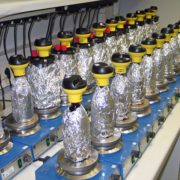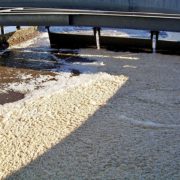Meet ECT at the 16th International Waste Management and Landfill Symposium
The 16th International Waste Management and Landfill Symposium takes place in Forte Village, Santa Margherita di Pula (Sardinia, Italy) from 2 to 6 October 2017. ECT is contributing with the following platform presentation: J. Römbke: Testing of 24 potentially hazardous wastes using ecotoxicological tests For further information on the International Waste Management and Landfill Symposium […]










